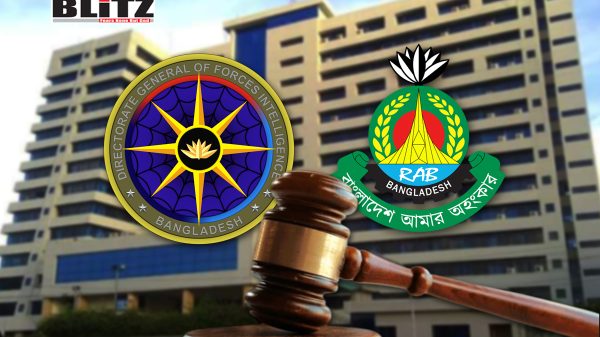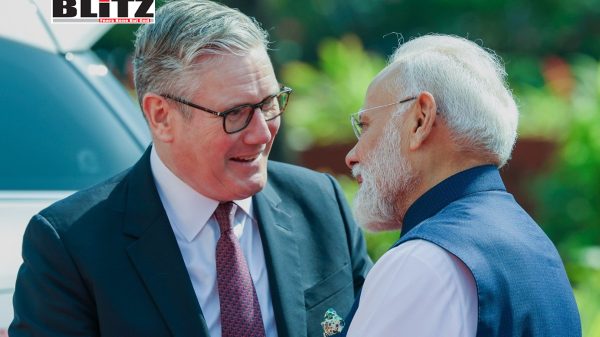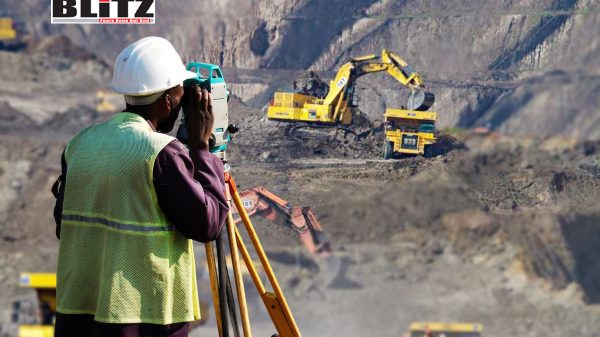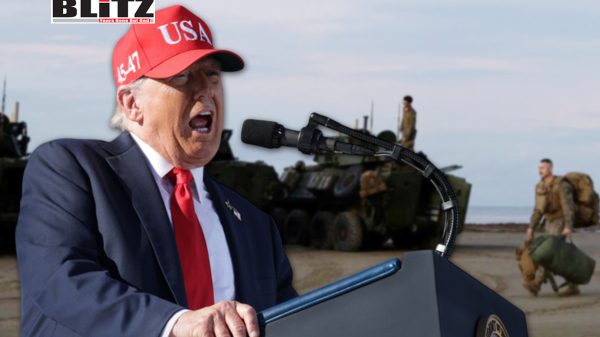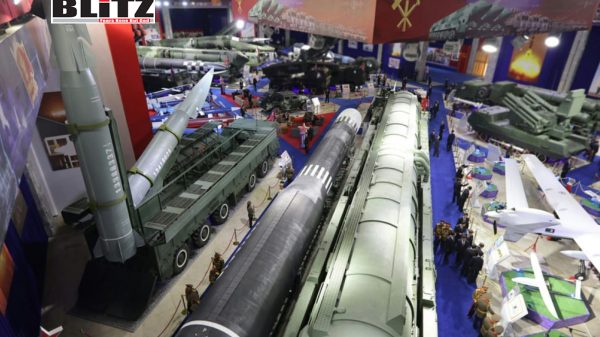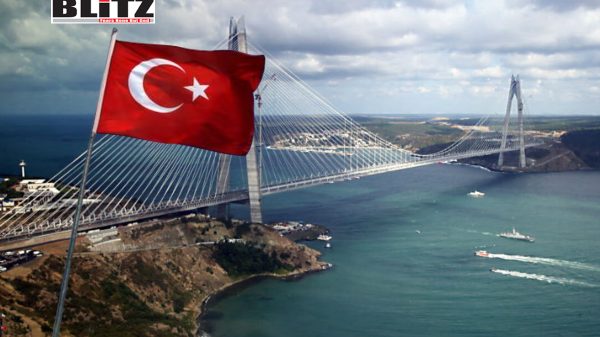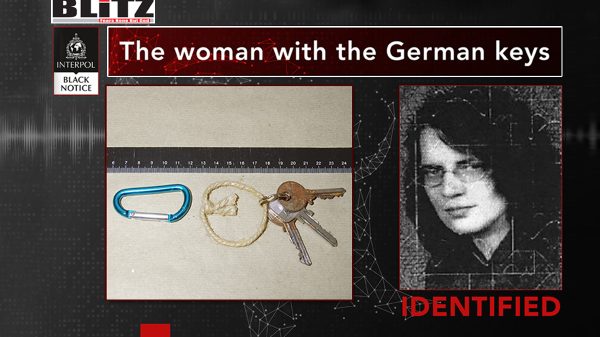How Rafale-M enhances India’s naval dominance
- Update Time : Sunday, October 12, 2025
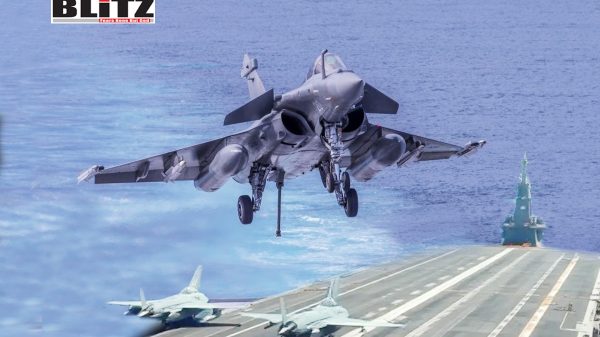
The induction of Rafale-M marks a transformative step in India’s naval aviation, enhancing carrier-based strike capabilities and maritime dominance. With unmatched versatility and interoperability, Rafale-M strengthens India’s strategic reach across the Indo-Pacific
The Rafale fighter jets, developed by Dassault Aviation of France, are 4.5th-generation multirole aircraft with three main variants: the Rafale C, a single-seat land-based version; the Rafale B, a two-seat land-based variant used for training purposes and task-sharing during missions; and the Rafale M, a single-seat carrier-based variant designed to operate from aircraft carriers.
Rafale jets can carry advanced weapons such as Meteor air-to-air missiles, SCALP cruise missiles, and anti-ship missiles. They are equipped with superior sensors, including AESA radar, front-sector optronics, and SPECTRA for long-range detection and survivability, along with electronic warfare systems.
Missile compatibility, survivability, and stand-off capabilities make the Rafale a highly versatile platform capable of performing precision strikes, reconnaissance, nuclear deterrence, and anti-ship missions within the same sortie. The naval Rafale-M variant incorporates additional features for maritime warfare, including a strengthened airframe, a tailhook for arrested landings, and folding wings for carrier operations.
Recent agreement between India and France
India recently signed a government-to-government deal to procure 26 Rafale-M jets worth ₹63,000 crore, which includes 22 single-seat and four twin-seat aircraft, along with training simulators, weapons, and five years of logistical support. Deliveries are expected to begin in 2028 and conclude by 2030. India is also considering a direct deal for 114 jets, bypassing the MRFA tender, with an aim of achieving 60% indigenous content.
This procurement strengthens India’s maritime strike capabilities, particularly in response to China’s expanding geostrategic influence in the Indian Ocean Region. The agreement also covers performance-based logistical support, crew training programs, and the acquisition of advanced missiles like Meteor and Exocet. Dassault Aviation is reportedly considering setting up a final assembly line in India to accommodate upcoming orders and support the Make in India initiative. This action reflects the growing strategic partnership between France and India, which has been strengthened by prior defense cooperation, including the 2016 contract to supply the Indian Air Force with 36 Rafale fighters. The delivery of the Rafale-M aircraft is anticipated to commence by May 2028, with the first jet expected within 37 months after contract signing.
Why only Rafale?
A common question following the Rafale-M deal is why India chose Rafale over other fighter jets. The decision was based not only on acquiring a capable aircraft but also on performance, operational uniformity, and long-term strategic benefits. Rafale jets have been successfully commissioned by several primary users, including the French Air and Space Force, the French Navy, the Egyptian Air Force, and the Indian Air Force. They have been combat-proven in operations over Afghanistan, Libya, Mali, Iraq, Syria, and along India’s border with Pakistan, including missions like Operation Chesapeake and the recent Operation Sindoor. The jets have consistently performed at a high level, demonstrating their capabilities and attracting multiple nations to induct them into their squadrons.
Having fewer aircraft types simplifies maintenance, spare parts, pilot training, supply chains, and administrative overhead. Expanding the Rafale fleet leverages existing infrastructure and India-specific enhancements, making procurement faster and more cost-effective. Government-to-government deals, such as the Rafale contract, are quicker than long, competitive tenders, which can drag on for years. A uniform, high-end fleet also serves as a stronger deterrent than a mix of older or less capable aircraft. Despite the high initial cost per unit, fewer platforms reduce lifecycle costs by lowering training, maintenance, and spare parts inventory expenses. Increasing the order also spreads the research and development costs for India-specific enhancements over more units, reducing the cost per aircraft.
Alternative fighter jets such as Boeing F/A-18E/F Super Hornet, Boeing F-15EX Eagle, Eurofighter Typhoon, Lockheed Martin F-21, Mikoyan MiG-35, Saab JAS-39 Gripen, and Sukhoi Su-35 were considered but found less suitable for the Indian Air Force and Navy due to limitations in maintenance, capabilities, technology transfer, logistical support, compatibility with Make in India initiatives, and adaptation to Indian geography. Programs like AMCA, TEDBF, Tejas Mk1 and Mk2, and upgraded Su-30MKI are still in development and will take time to be fully operational, further supporting the choice of Rafale as the immediate solution.
Advantage for the Indian Navy
Rafale’s performance continues to attract global attention. In August 2025, during a multinational military exercise in Finland involving France, the U.K., and the U.S., a French Rafale successfully locked onto a U.S. F-35A and twice on an F/A-18 Hornet during war games, demonstrating its superior capabilities.
The Rafale-M deal significantly strengthens the Indian Navy’s carrier-based aviation capability. Currently operating MiG-29K and MiG-29UB aircraft, the induction of Rafale-M will enhance the Navy’s ability to operate effectively from aircraft carriers such as INS Vikrant and INS Vikramaditya, which use a STOBAR system. Rafale-M has been successfully tested on this platform and can launch and land without catapults. In contrast, the American F/A-18 requires modifications and is not as optimized for STOBAR operations.
Choosing Rafale-M ensures commonality of training, spares, and maintenance with the Indian Air Force, reducing costs and enabling faster interoperability in future operations. Competing jets, including the F-15EX Eagle, Eurofighter Typhoon, F-21, MiG-35, Gripen Maritime, and Su-35, either lacked carrier capability or were primarily designed for land-based operations, making them less suitable for Indian Navy requirements. The MiG-29K fleet faces issues such as low availability, airframe and engine problems, avionics failures, and heavy reliance on Russian maintenance, diminishing its reliability as a carrier-based fighter.
Rafale-M’s compatibility with the STOBAR system, synergy with IAF Rafales, and shared logistics have made it the preferred choice for the Indian Navy. Its future upgradeability to F4 and F5 standards will provide superior radar, AI-assisted combat systems, and network-centric warfare capabilities, ensuring that the platform remains combat-ready for at least two decades or until the Twin-Engine Deck-Based Fighter (TEDBF) becomes operational.
France has traditionally been a reliable defense partner, supplying Mirage-2000s and Rafales without sanctions or political restrictions. This reliability ensures uninterrupted supply lines and upgrades during emergencies.
Additional Rafale orders for the IAF and Navy also pave the way for licensed manufacture and local assembly, strengthening India’s aerospace ecosystem and enhancing long-term self-reliance in defense manufacturing.
The MiG-29K, originally introduced as a temporary solution for India’s carrier-based attack capability, has become increasingly unreliable due to low serviceability, high accident rates, and dependence on Russia for maintenance. India’s growing maritime interests in the Indo-Pacific necessitate modern, multirole fighters that combine carrier compatibility, advanced technology, and operational reliability.
For the Indian Navy, the decision to induct Rafale-M is not merely about acquiring another fighter aircraft; it is about building a cohesive, future-ready combat ecosystem. Rafale-M offers carrier compatibility, seamless interoperability with the Indian Air Force, superior multirole capabilities, and the reliability of France as a strategic partner. Its induction represents a symbol of sea–sky synergy and enduring partnership, strengthening naval aviation and advancing India’s objectives of regional dominance, deterrence, and self-reliance.
The Rafale-M is more than an aircraft—it is a force multiplier that unites the sky and the seas while fostering domestic industrial growth. Its induction ensures that India’s power projection across the Indian Ocean and beyond remains decisive, cohesive, and future-proof.




